
|
|
|
|
|
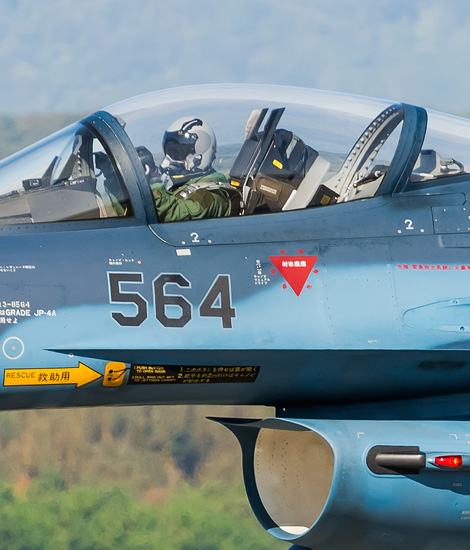
|
Designing the Mitsubishi F-2; Tsuiki, November 5, 2019
Mitsubishi F-2 Viper Zero, part 1; Text and Photograph's by Alex van Noye
The Mitsubishi F-2 is a primary frontline fighter aircraft of the Japan Air Self Defense Force that is deployed in the offensive and maritime role. This characteristic blue combat aircraft look suspiciously like the American F-16 Fighting Falcon. The F-16 has been used as the basis for the development phase of the Mitsubishi F-2.
The Mitsubishi F-2 is a multi-role combat aircraft and is derived from the American General Dynamics F-16 Fighting Falcon. The aircraft was built by Mitsubishi Heavy Industries and Lockheed Martin for the Japan Air Self Defense Force (JASDF). Production of the F-2 started in 1996 and the first aircraft was delivered to the JASDF in 2000. The first 76 aircraft entered service before 2008. A total of 98 produced aircraft were delivered. The world’s first active electronically scanned array (AESA) radar on a fighter aircraft was the J APG-1 and was introduced on the Mitsubishi F-2 in 1995. The JASDF and its partners were already considering a replacement designed by Japan and produced in Japan to develop for the outdated Mitsubishi F-1 in 1981. A formal feasibility study began in 1985. Japan's original intentions to develop the aircraft domestically have been around since the study of the project that led to the purchase of the F-15J. When the program began to take shape in 1985, several US officials expressed concern that the program would result in an inferior aircraft and that the defense relationship between the United States and Japan would weaken. Some Pentagon officials argued for co-production or co-development of an aircraft based on the F-16 or F-18. They believed that Japan would not accept buying American planes because they wanted to have their own industry. After long political negotiations, the project was finally formally approved in June 1989. At that time, the development of the aircraft that would become the Mitsubishi F-2 could be started.
The project was started as the FS-X program. In the first instance, it would carry the company name Mitsubishi SX-3. In 1984, General Dynamics had already offered an extended version of the F-16 to the US Air Force and considered it as a cheap alternative in the Advanced Tactical Fighter competition in America. This option did not flourish in the United States, but this concept became the basis for the design of the F-2. The wing design of the F-16 Agile Falcon was used in the design of the F-2.
|
|
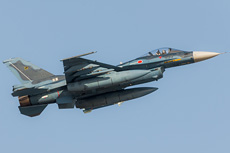
|
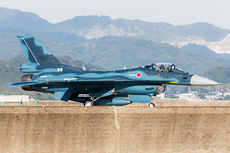
|
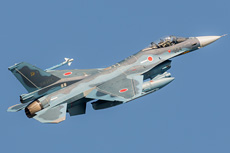
|
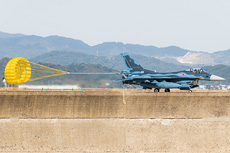
|
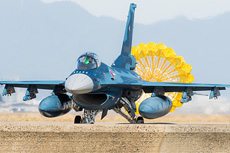
|
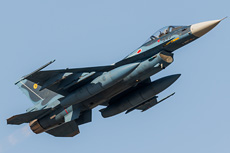
|
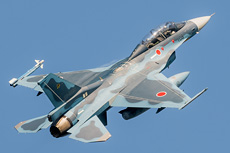
|
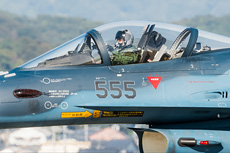
|
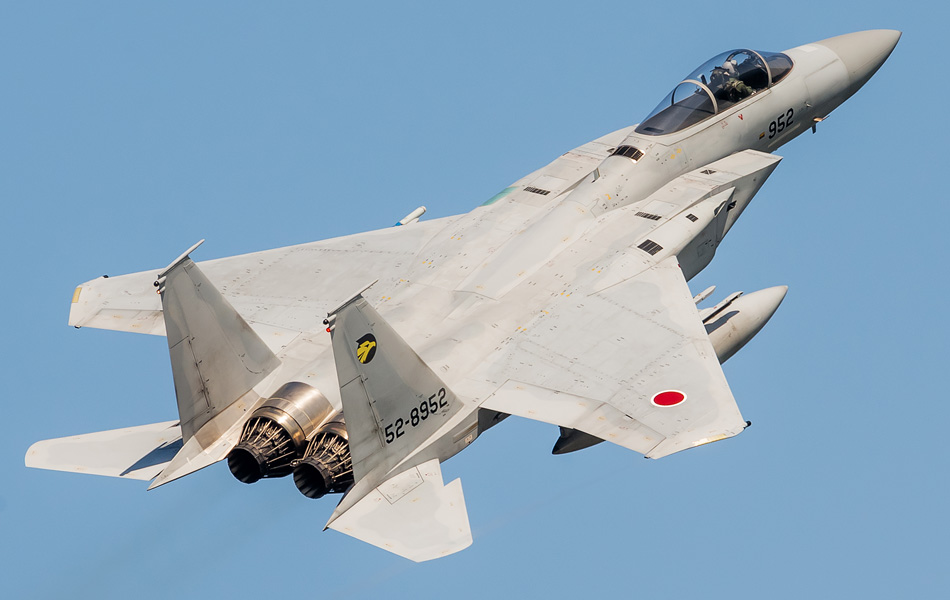
|
However, the electronics were further upgraded to the standards of the 1990s. Japan had chosen to develop the fighter aircraft to replace the F-4EJ Phantom and to complement the F-15J fleet. The program also included technology transfer from the United States to Japan and vice versa. The responsibility for sharing development costs was 60% for Japan and 40% for the United States. Lockheed Martin would produce all the rear trunk and wing flaps and eight of the ten left wing boxes. The F-2 program was controversial in Japan because the unit costs, including development costs, would be about four times as high as those of a Block 50/52 F-16 without the development costs. An inclusion of development costs disrupts the incremental unit costs. The price per aircraft was somewhat on the high side at the planned purchasing levels. The original plan included 141 F-2 aircraft. The unit costs would then be a maximum of 10 million dollars lower than planned. From 2004, however, only 94 were left of the original plan and the costs were therefore considerably higher per aircraft.
The first flight of the first F-2 took place on October 7, 1995. Later that year, the Japanese government approved an order for the delivery of 141 aircraft. This order was quickly brought back to 130 aircraft so that the delivery could already start in 1999. The aircraft was suffering from developmental delays, which delayed the entry into service until 2000. Due to cost-efficiency issues, production orders for the F- 2 were limited to 98 aircraft including the four prototypes in 2004. The last of the 94 production aircraft was finally delivered to the JASDF on 27 September 2011. During the rollout of the last production F-2, Mitsubishi Heavy Industries confirmed that the production of the F- 2 would end and no more F-2 fighter aircraft would be produced by the manufacturer. General Electric, Kawasaki, Honeywell, Raytheon, NEC, Hazeltine and Kokusai Electric were among the most important subcontractors for the construction of the aircraft. Lockheed Martin supplied the rear fuselage, the leading edge components, the suspension points and a large amount of the wing parts. Kawasaki built the mid-section of the fuselage and main landing gear and engine. The front fuselage and wings were built by Mitsubishi. The Avionics were supplied by Lockheed Martin and the digital fly-by-wire system was jointly developed by Japan Aviation Electric and Honeywell. Manufacturers for the communication systems and IFF interrogators included Raytheon, NEC, Hazeltine and Kokusai Electric.
The design of the F-2 was a heavier version of the American F-16 Fighting Falcon. The F-2 had larger wings to give the aircraft a better payload. As a result, the aircraft also had better maneuverability in relation to its thrust. The larger wings also ensure that more weight is added to the body. More weight can also have negative effects on acceleration, climbing capacity, load capacity and flight range. To make the larger wings lighter, the skin, ribs and front edge of the wings were made of graphite-epoxy composite. It was the first time that these types of techniques were applied in a production model of a fighter plane. This technology for the wings experienced some early design problems, but turned out to be a leading tool for weight saving, an improved flight range and a number of stealth properties. This technology was then returned to the United States as part of the industrial partnership of the program. Compared to the F-16, the F-2 has a 25% larger wing area. The aircraft also has a larger air intake and a larger tail surface than the F-16. Remarkable is the fact that the F-2 standard uses its brake parachute when landing. Thanks to the large wings, the F-2 can carry as many as four ASM-1 or ASM-2 anti-ship missiles in combination with external fuel tanks. After a development process of more than twelve years from design to production model, the F-2 would grow into a valuable multi-role fighter aircraft at the JASDF.
|
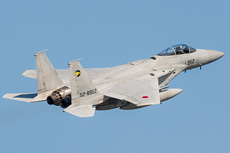
|
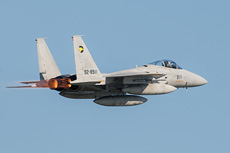
|
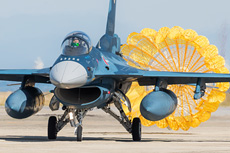
|
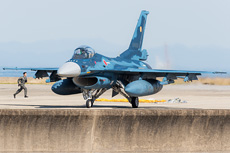
|
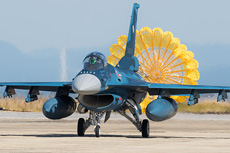
|
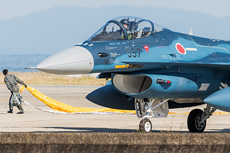
|
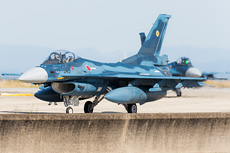
|
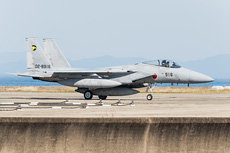
|
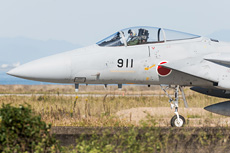
|
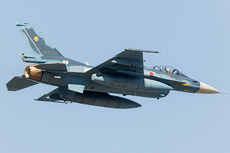
|
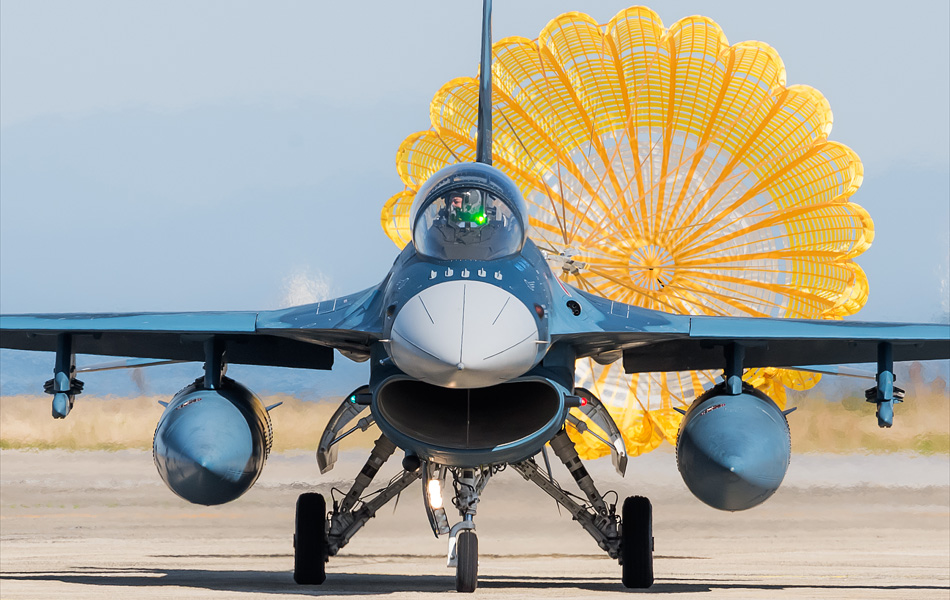
|
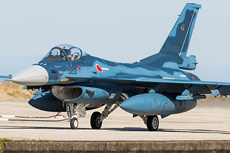
|
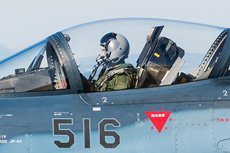
|
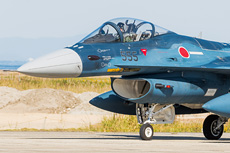
|
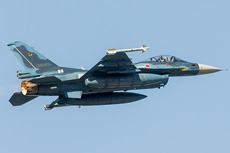
|
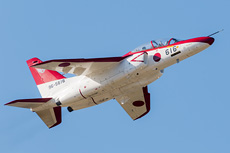
|
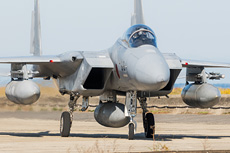
|
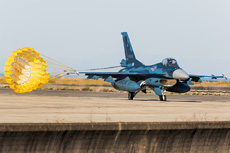
|
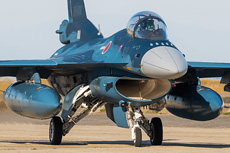
|
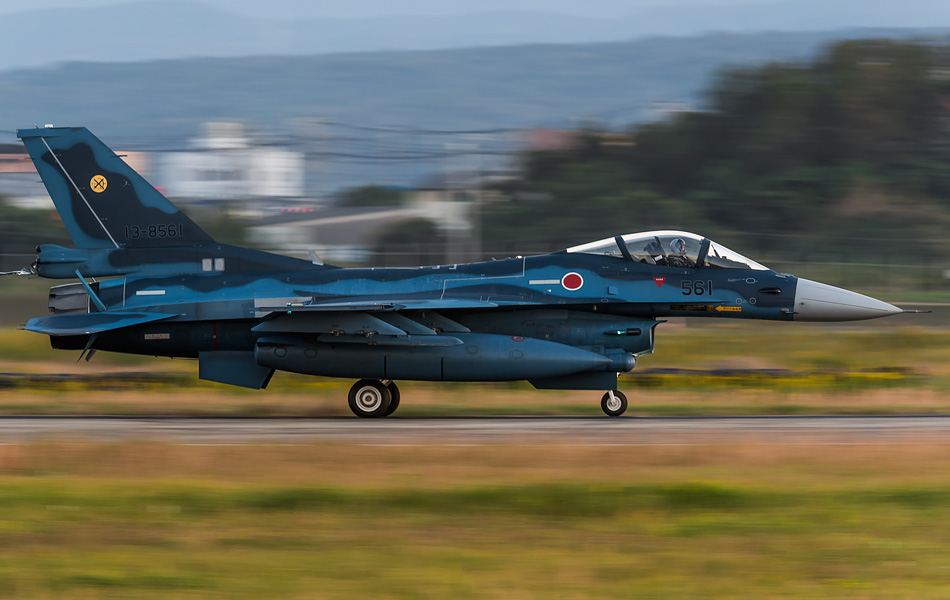
|
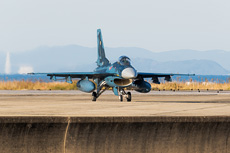
|
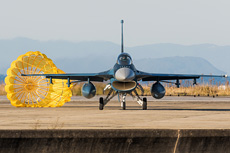
|
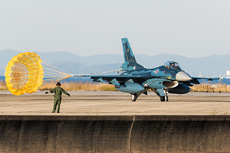
|
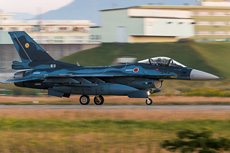
|
|
|

|







